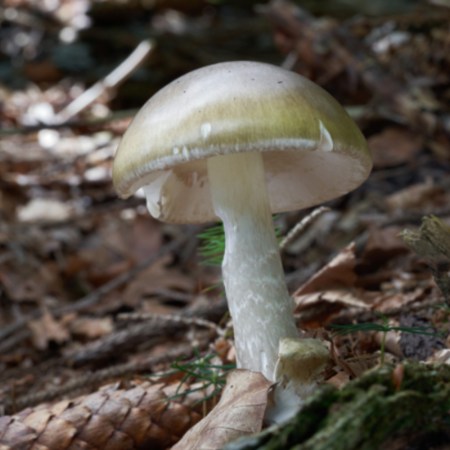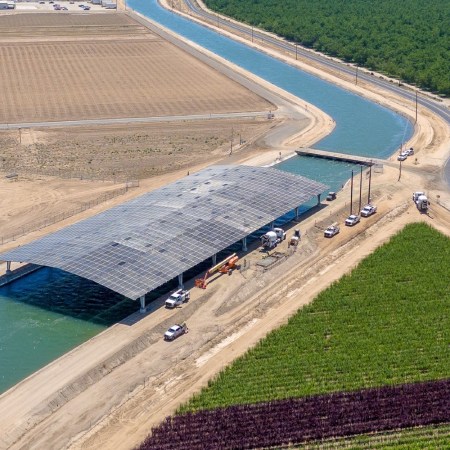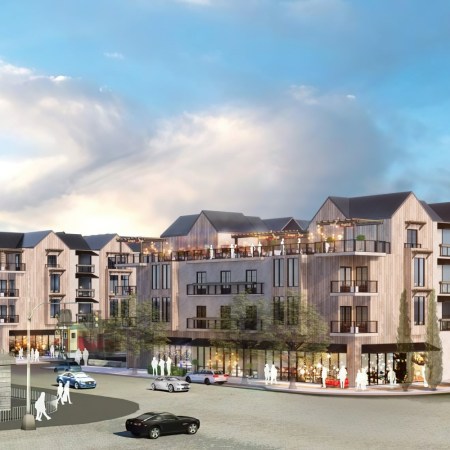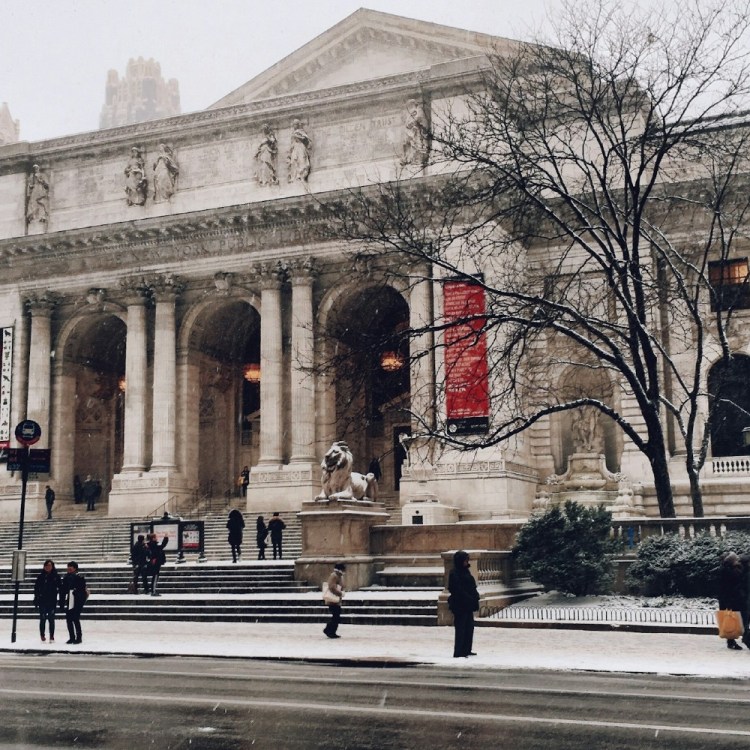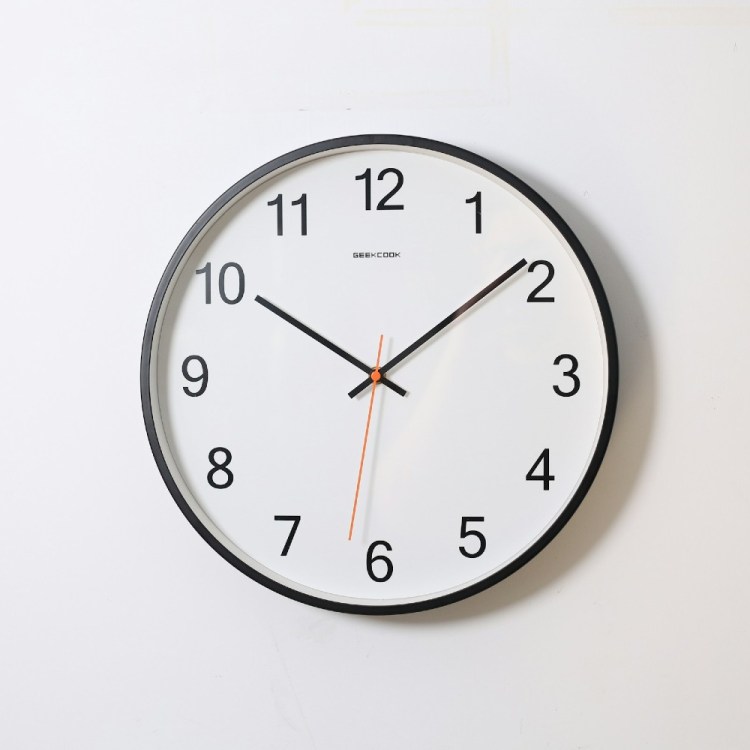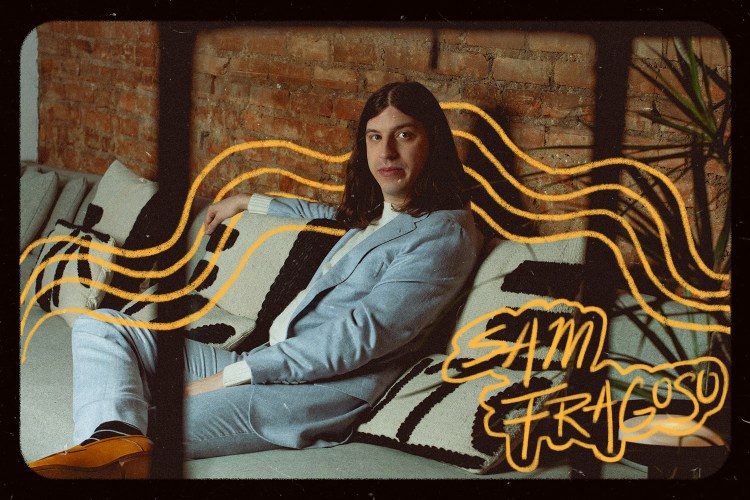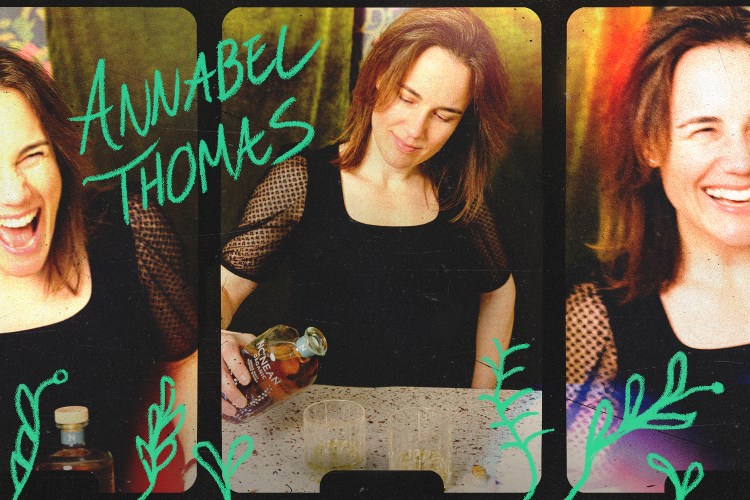One of the best ways to get a tangible understanding of the history of the living people who inhabit a place is to explore the places the abandoned places they’ve left behind.
At least that’s the opinion of Joanna Kalafatis, a travel writer and photographer who just documented the ghost towns and forgotten spaces of the Golden State’s rugged past in Abandoned Southern California: The Eras that Shaped the West.
Joanna KalafatisFrom prospectors seeking gold mines, to the workers that help connect the U.S. via the railroad, to the families fleeing the Great Depression from the East Coast, Kalafatis’ book traces the story of the myriad groups of people that left their mark on California.
“The book is a love letter to the brave, quirky, innovative, desperate, hopeful people that settled California and made it the state it is today,” Kalafatis told RealClearLife. “To them, California was a symbol of hope, of optimism, of progress. Sometimes they found that the reality of California was much harsher and tougher than they realized. Sometimes their dreams came true. I think that still holds true for California today.”
In an interview with RCL, Kalafatis shares a number of her other thoughts on ghost towns, the art of taking photos and her favorite spot on Route 66.
Those thoughts, along with tons of photos from the book, are below.
An image of the Bodie Hotel from “Abandoned Southern California: The Eras that Shaped the West” by Joanna Kalafatis. An image of the Bodie Gas Station from “Abandoned Southern California: The Eras that Shaped the West” by Joanna Kalafatis. An image from “Abandoned Southern California: The Eras that Shaped the West” by Joanna Kalafatis. An image from “Abandoned Southern California: The Eras that Shaped the West” by Joanna Kalafatis.RealClearLife: How would you describe the feeling of a ghost town?
Joanna Kalafatis: It really does depend on the ghost town. Some preserved towns (like Bodie) for instance, have a charming, historic vibe, while others can be pretty foreboding, especially those who still have a couple of residents. They tend to be closed off to outsiders, and since the houses are abandoned private property, rather than preserved by the state, they are much more dilapidated.
In all ghost towns, however, there is a definitely an eerie atmosphere; it’s strange to see belongings, furniture, someone’s house, the marks of someone’s life all left behind, while the actual people are gone. And you can’t help but wonder what led someone to the point of abandoning their residence. After all, very few places become abandoned because life there was easy and happy.
RCL: What story do these pictures usually tell?
JK: I’d like to think they tell the story of a ghost town’s former residents, of its history and past. When I explore abandoned places, I imagine it as a form of very recent archaeology. Because you really are doing similar things when you’re investigating abandoned places – you are looking through peoples’ belongings and homes to get an idea of what life was like for them.
RCL: Have you ever been spooked during a shoot?
JK: Many, many times. People sometimes tell me I’m brave for going to these abandoned places alone, but if they saw how long it took me to steel myself for a walk down a dark hallway, they definitely wouldn’t have that opinion.
I was very spooked at Camarillo State Mental Hospital, featured in the book. It was abandoned recently, in the 90s, so a lot of furniture and other things have been left behind. For some reason, that always makes a place look creepier than just empty rooms and bare walls. It makes the place look like it was just abandoned a few days ago. When I was walking through it, I came across a room deep inside the building where the light was on and a fan was spinning, even though the power was out in the entire rest of the building. That gave me a scare.
There are less otherworldly, and more dangerous things, to fear when exploring abandoned places though. At one of the abandoned hospitals I explored for my second book, Abandoned Northern California, I went inside the courtyard to take pictures and found clothes being dried on a chain link fence, and possessions scattered around. People do sometimes take residence in abandoned places, and if you scare or surprise them by walking in unexpectedly, it can become a dangerous situation.
RCL: What’s the most challenging part of your job?
JK: Well, what I mentioned before is a pretty big challenge. I would not recommend walking alone into completely abandoned places, even though I have done it. I now always try to go with company when I can. Abandoned places can also be structurally unstable, or have toxic fumes inside, or rodents and vermin that carry diseases, so you really need to be careful where you enter and where you don’t.
With photography in general, I think the most challenging part is having the patience to get the right shot. It sounds easy in theory, but photography can be quite physically exhausting, especially when you’re carrying equipment, lenses, and tripods up steep hiking trails in Yosemite or over the snow-covered fields of northern Norway in December, in subfreezing temperatures. Then sometimes you get to your destination and realize you have to wait for the light to change, or people to clear the shot, or a million other little things to be right, and the impulse to want to just take an OK shot and get it over with comes up. That’s what you have to fight through to really get that amazing photograph.
An image of the Bodie Jailhouse from “Abandoned Southern California: The Eras that Shaped the West” by Joanna Kalafatis.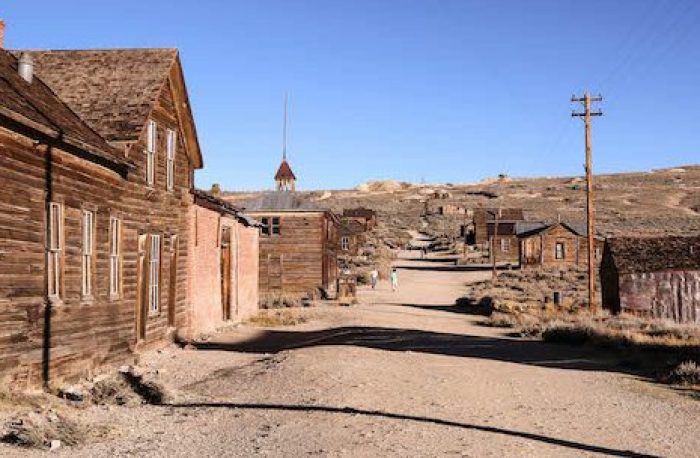
RCL: Why did you decide to undertake this project?
JK: I have loved looking through abandoned places since I was a child. My parents come from towns/islands in Greece that have a lot of abandoned houses due to rapid urbanization and people moving out to go to the cities. I found it fascinating to explore these houses.
When Fonthill Media approached me to publish a photo book on Abandoned California, I immediately leaped at the chance. It’s rare that you get commissioned to do work you also happen to really personally care about. The fact that the book would be about California was even better, because I always feel California is thought of as superficial, and a lot about its history is unknown to most people. It’s a shame, because the history of migrations and innovations that shaped California is fascinating, and that’s what I wanted to explore in the book.
Do you have a favorite section of Route 66?
JK: So many different places! I do love the stretch featured in the book through, around Roy’s Café in Amboy. It’s such a slice of old school Americana, which is exactly what Route 66 is associated with in most people’s imaginations. And there’s nothing quite like driving down a two-lane highway in the open desert.
RCL: What do the images you capture say about the places where they are photographed?
JK: They simultaneously show the life that existed in these places and the decay/passage of time that has happened since abandonment. I look at these photos and I see a strange mix of the hope that shaped these places and the disappointment that led to them becoming vacant.
RCL: What is one surprising thing about these places that most people wouldn’t realize?
JK: That a lot of ghost towns still have residents. Most of the more recent ghost towns, that have not become State Historic Parks or otherwise protected, will still have a few families living there, even though the houses around them are in ruins. People stay for many reasons: poverty, inability to move, or just a desire to stay behind in the place they were born and raised, no matter how tough life there has become.
This article appeared in an InsideHook newsletter. Sign up for free to get more on travel, wellness, style, drinking, and culture.

